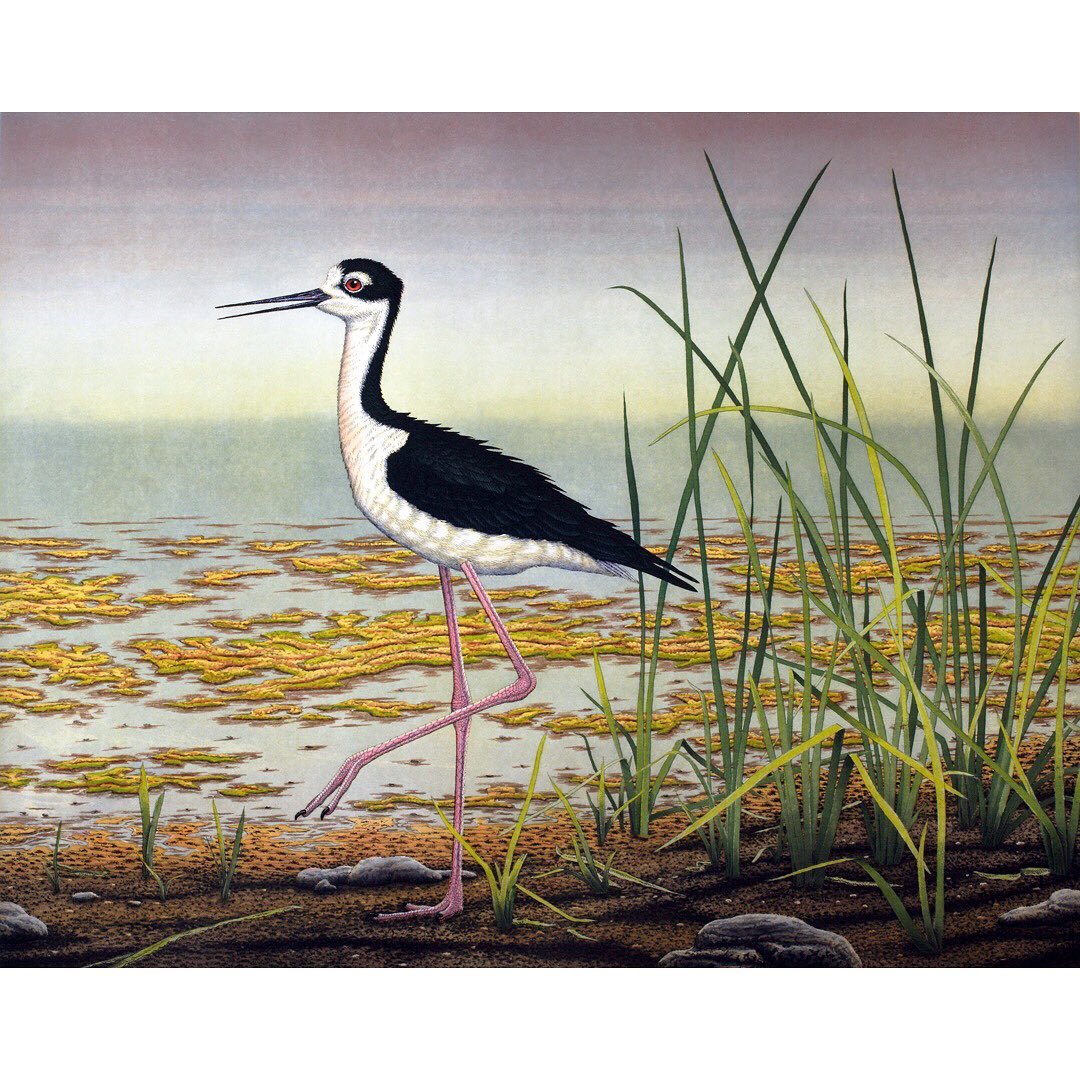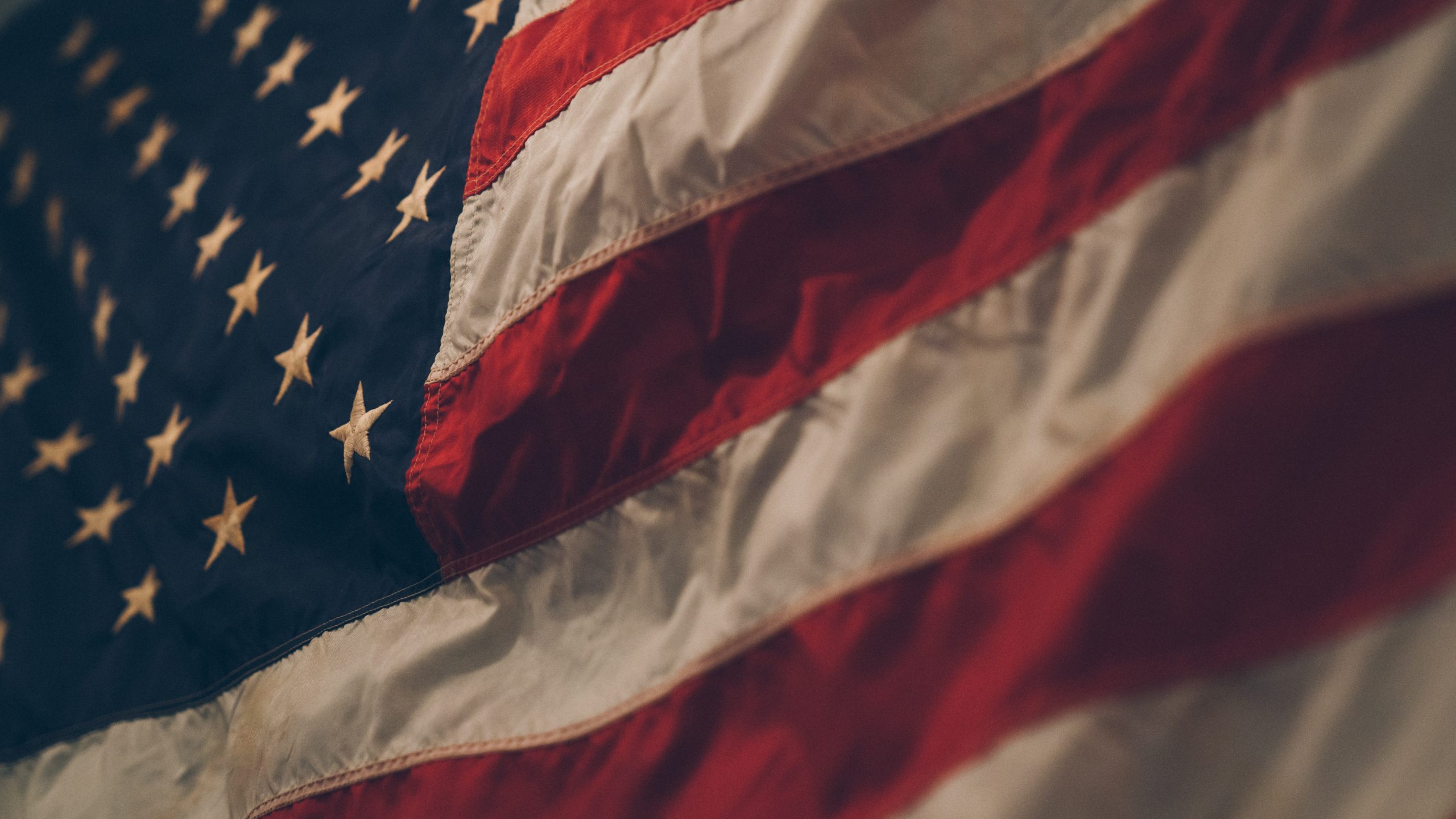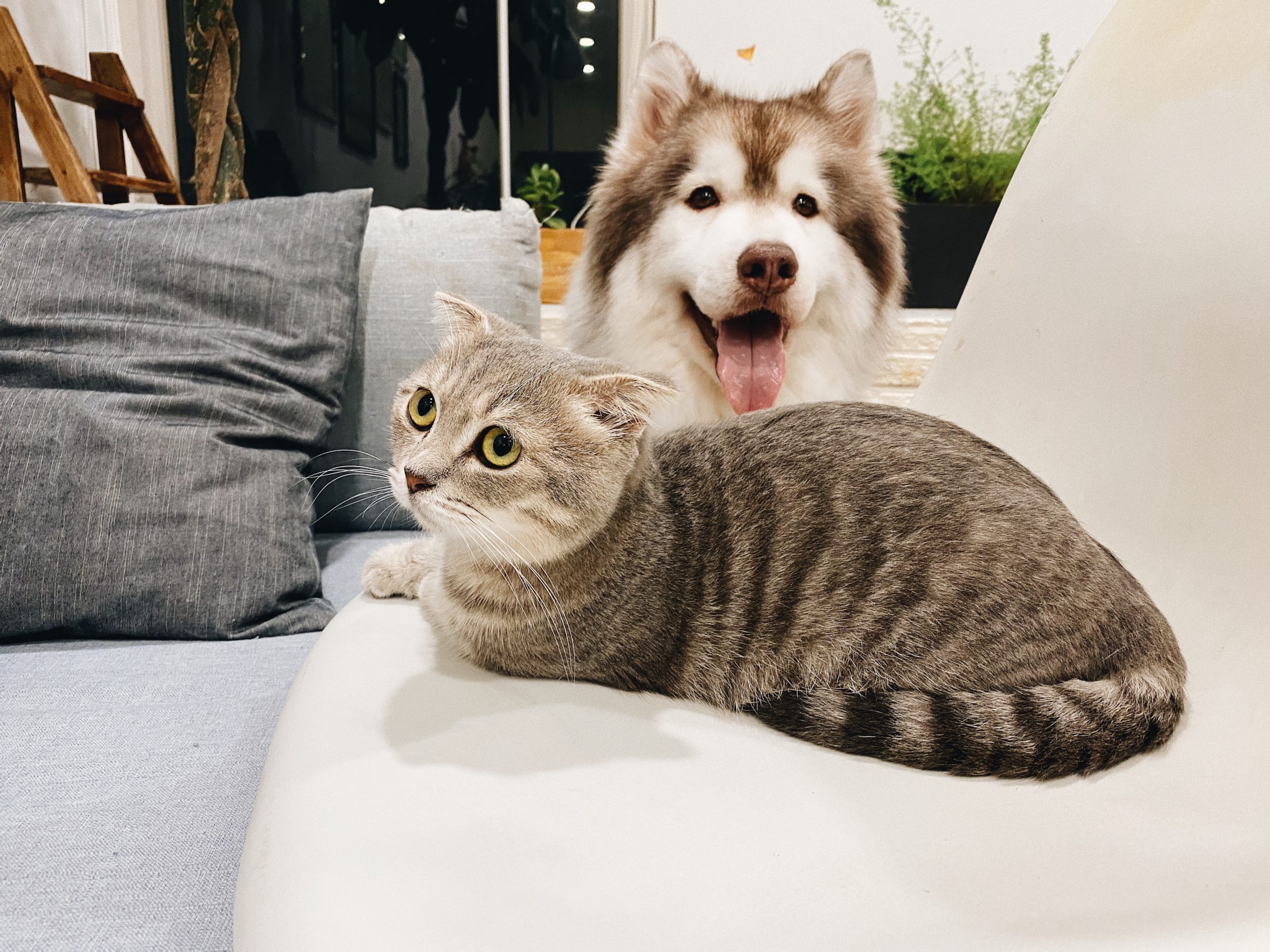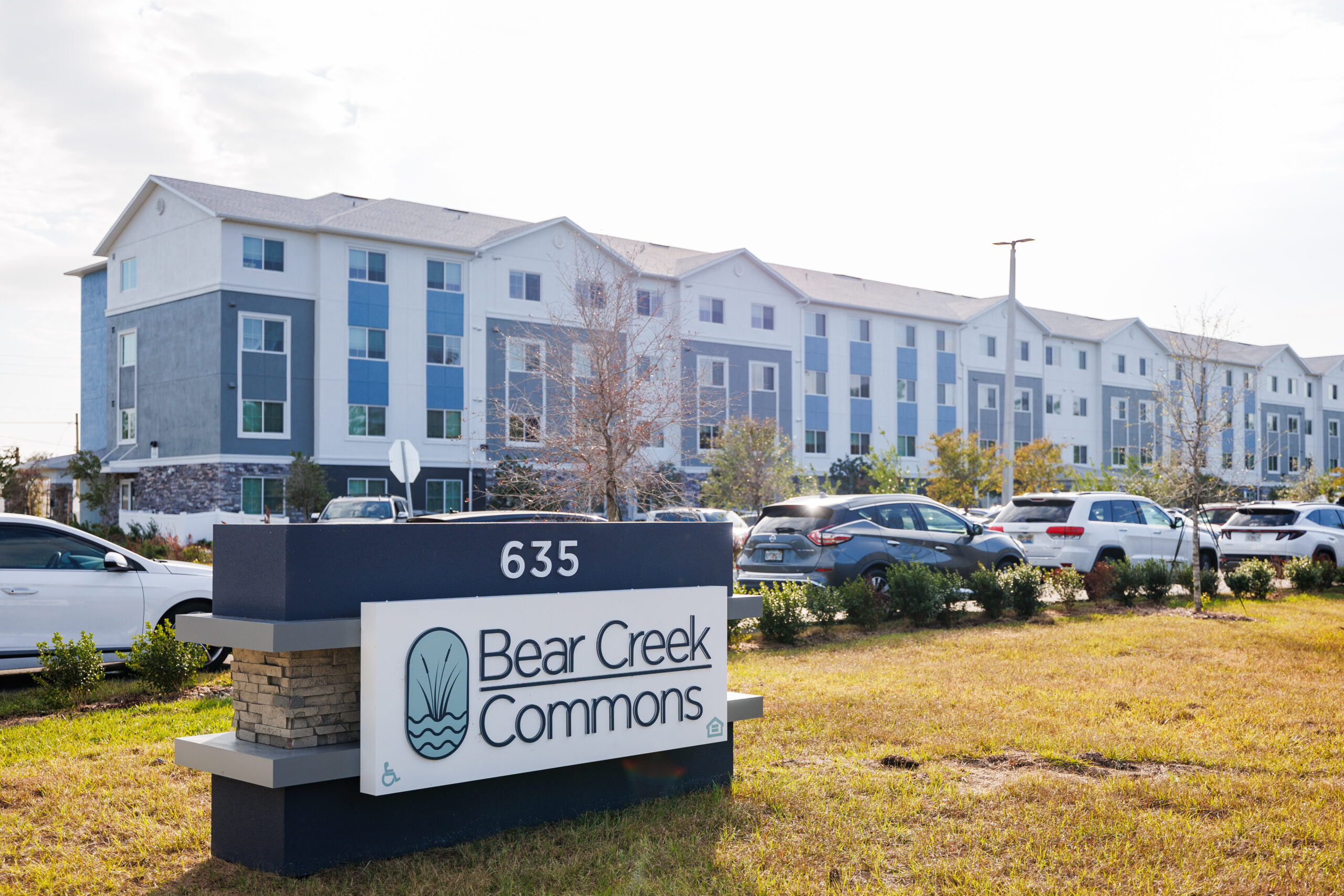A new exhibit Tampa Bay History Center will showcase the works of a very original local artist. John Costin’s bird etchings are truly one-of-a-kind. They are life size, scientifically accurate, and made using a unique etching process that Costin has honed over the years. These gorgeous works of art will be on display at the Tampa Bay History Museum from March 4 to October 15. Let’s learn more about the process that brings these Florida flyers to life.
What is plate etching?
Plate etching is an artistic process that has been around for centuries. It involves creating a design on a metal plate and then using a corrosive acid to etch the design into the plate. This is the general way to create an etching, however, the type of metal, what material is used to etch into the plates, the type of acid needed all varies from artist to artist.
“After I was exposed to etching, I pursued it. I developed it. Went into greater detail. Sort of like a mad scientist in his laboratory. Experimenting and discovering different techniques,” Costin explains.

4 plate original hand painted etching titled “RADIANT LANDSCAPE”
Costin uses copper plates, some that weight over 20 pounds, in his process. He then uses high-quality asphalt, the same stuff they use to make roads, to etch his drawings onto the plates. After drawing the image into the asphalt, he takes the plate and immerses it in acid, which marks the surface of that plate where he previously exposed the copper. The acid eats a texture into the plate surface which eventually holds the ink.
After the desired effect is achieved, the plate is cleaned and dried, then inked and printed. Plate etchings offer an artist a unique way to create prints with an individual look and feel.
Related: The Tampa Arts Alliance is Putting Tampa on the Map
“It takes an incredible amount of time. I’m currently working on a piece that was started in July.” This timeline makes sense as the project he’s working on is a pair of Sand-hill cranes, the largest etching he’s ever made.
A few years ago, the Public Broadcasting System of South Florida spent the entire day in the studio to film a documentary about John and his process. Here is the video explaining it from start to finish.
Costin likens the process to a challenge, like climbing a mountain, as it takes a great deal of commitment and you never really know what you’ll end up with.
“You don’t know exactly what it will look like when you’re finished,” Costin explains. “Things happen in the process that deviate from what you had in mind. It’s a process of evolution full of surprises.”
Capturing birds for his photos
Costin’s creative process actually starts way before etching with photographs. Fittingly, Costin is also a birder. He takes his camera with him wherever he goes, taking thousands of photographs of different birds. After studying the photographs, he puts them away and begins an initial drawing, posing the bird himself and deciding on the landscape. He will do a series of small watercolor studies of the subject. Then a detailed drawing. Then he’ll take the drawing and blow it up to the actual size of the bird. Each step involves a number of edits and adjustments. He doesn’t use computers or photography — it is totally hand drawn.
“You must be an engineer as much as an artist. Every piece created is so intense it is a learning process.”
He also works with from life. Sometimes he’ll go to a bird rehabilitation center and take his watercolors with him. Studying the subject and getting different angles.
Or he’ll take a special trip to get something truly unique. Once went to the Field Museum in Chicago, to see a pair of Ivory-billed woodpeckers. The last recorded sighting of these birds was in the 1930s. Costin was able to use two stuffed species as models to recreate them in etchings.

Ivory-Billed Woodpeckers. Now considered to be extinct; the Ivory-Billed Woodpecker was once the largest woodpecker in North America (second largest in the world).
Costin’s lifelong interest in birds has paid off in his work. Through accuracy and intense study, his etchings are able to capture the different textures and coloring of his subjects. Just don’t ask him to choose a favorite.
“Usually my favorite bird is the one I’m working on.” And when asked about his favorite part in the creating process, Costin chuckled, “The most satisfying is probably when I’m finished.”
Etched Feathers: A History of The Printed Bird
The exhibit at the Tampa Bay History Museum will feature more than just Costin’s work. Costin is also a collector of antique prints of birds and has pieces in his collection that date back to the 1600s. Part of the exhibit focuses on the progression of bird images.
“It’s interesting to see how various different naturalists portrayed birds through time and history,” Costin says.

One of Costin’s antique prints. This one is titled “FLAMINGO,” John Latham, 1785.
If you take a look at the evolution of bird depiction through time, you can see how artists used certain visual solutions to help their more primitive depictions come to life. There is a great evolution from the 1600s up to the 1830s when the images of birds became more refined.
Many of these antique prints come from books and were a form of scientific documentation. This is something that, after years of creating bird etchings, Costin knows a thing or two about. And he thinks we should view these antique etchings, and his etchings, in a different way.
“I look at it as fine art. I want the science right when I do the piece. But I also see it as a fine art form, as opposed to just documentation.”
Etched Feathers: A History of The Printed Bird will be on display at the Tampa Bay History Center from March 4 to October 15 in the Wayne Thomas Gallery. There will also be a members-only reception on March 22 from 6pm to 7:15 pm where Brad Massey, Ph.D., will talk about what he discovered during his research for the new exhibition.
Interested in our Modern Globe weekly newsletter?
By submitting this form, you are consenting to receive marketing emails from: . You can revoke your consent to receive emails at any time by using the SafeUnsubscribe® link, found at the bottom of every email. Emails are serviced by Constant Contact




























